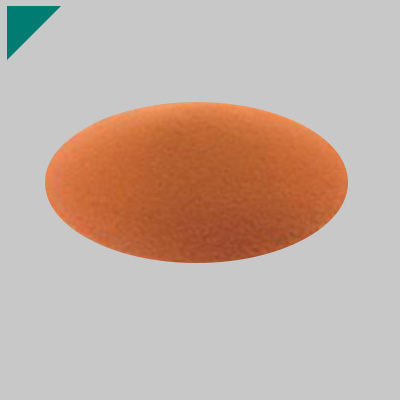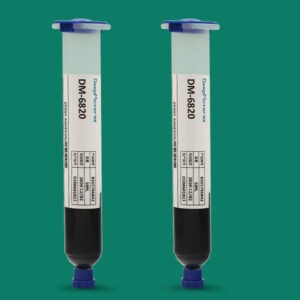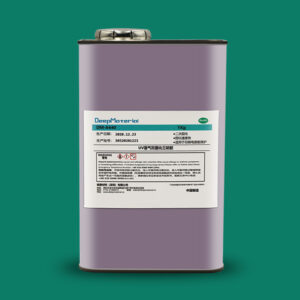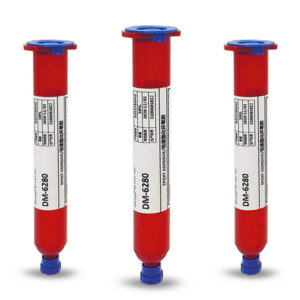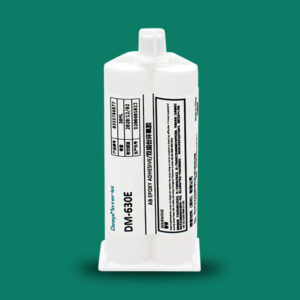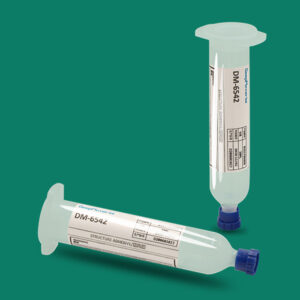Flame Retardant Materials Are Special Materials That Are Very Suitable for These 5 Scenarios
Flame Retardant Materials Are Special Materials That Are Very Suitable for These 5 Scenarios
Fire retardant materials are engineered substances designed to resist ignition, slow the spread of flames, and maintain integrity under high heat. These materials incorporate chemical additives or inherent properties that interrupt the combustion process, providing critical time for evacuation, firefighting, and damage mitigation. In a world where fires claim thousands of lives and cause billions in economic losses annually, the demand for such materials has never been higher. From urban skyscrapers to remote wilderness areas, fire retardants play a pivotal role in enhancing safety across diverse environments.
The evolution of fire retardant technology dates back to the 1970s, when chemicals like brominated flame retardants were first widely adopted to meet emerging safety standards. Today, advancements include intumescent coatings that expand to form insulating barriers, bio-based composites for eco-friendly protection, and high-performance fibers that withstand extreme temperatures. Classifications range from Class A for structural elements like wood and insulation to Class B for fabrics and electronics, and Class C for electrical systems and flammable liquids.
While no material is entirely fireproof, retardants significantly reduce risks by forming char layers, releasing water vapor, or quenching free radicals in flames. Their necessity arises in scenarios where fire hazards are inherent due to combustible fuels, high occupancy, or environmental factors. This article explores five key scenarios where fire retardant materials are indispensable: building and construction, aerospace and aviation, automotive and transportation, electronics and electrical systems, and wildfire management. Each scenario highlights specific applications, materials, and benefits, underscoring how these innovations save lives and protect assets.
In building construction, for instance, materials like concrete and gypsum board are essential to comply with codes and prevent structural collapse. Similarly, in aerospace, lightweight composites ensure passenger safety during emergencies. By examining these contexts, we gain insight into the multifaceted role of fire retardants in modern society, driven by regulatory demands, technological progress, and the ever-present threat of fire.

Scenario 1: Building and Construction
In the realm of building and construction, fire retardant materials are non-negotiable due to the high stakes involved in densely populated structures. High-rise buildings, tunnels, and commercial complexes house thousands of people, and a fire can escalate rapidly, leading to catastrophic failures if materials ignite easily. Regulations like those from the International Building Code mandate fire-resistant assemblies to allow safe egress and contain blazes. Here, retardants prevent flashover—the point where a room’s contents ignite simultaneously—and maintain structural stability for up to two hours or more.
Key materials include concrete, which withstands 1000°C for about 60 minutes thanks to its low thermal conductivity and endothermic dehydration. Reinforced with stainless-steel rebar alloyed with chromium and nickel, it provides enhanced durability in fire-prone areas like parking garages. Gypsum board, or drywall, is another staple; its hydrated core releases steam to cool surfaces, slowing heat transfer in walls and ceilings. Multiple layers can achieve higher fire ratings, making it ideal for interior partitions.
Intumescent coatings represent a modern advancement, applied to steel beams and columns. These expand under heat to form a char layer, insulating the metal and preventing buckling at temperatures exceeding 600°C. For insulation, mineral wool endures up to 1220°C, outperforming fiberglass in attics and walls, while spray polyurethane foam (SPF) is treated with retardants to extend its resistance from mere minutes to over 40.
Brick and stone offer inherent resistance; bricks handle 1200°C due to their kiln-fired composition, used in firewalls and facades. Fire-resistant glass, such as ceramic or wired variants, maintains transparency in doors and windows while blocking flames for 30 minutes to hours. In sustainable builds, bio-based composites from hemp or fungi provide eco-friendly alternatives for cladding.
The demand stems from past tragedies like the Grenfell Tower fire, where flammable cladding accelerated spread. Retardants not only comply with standards like ASTM E119 but also reduce insurance costs and enhance resilience in earthquake-prone or urban areas. Overall, in construction, these materials transform potential infernos into controllable incidents, safeguarding lives and investments.
Scenario 2: Aerospace and Aviation
Aerospace environments demand fire retardant materials due to the confined spaces, high fuel loads, and rapid evacuation challenges in aircraft. A fire at 30,000 feet can be disastrous, with smoke and toxic gases posing immediate threats. Aviation authorities like the FAA require materials to pass rigorous tests, such as those simulating post-crash fires, ensuring survivability for at least 90 seconds—the time needed for evacuation.
High-performance fibers like aramids (e.g., Kevlar and Nomex) are crucial for cabin interiors and protective gear. These provide thermal stability up to 400°C without melting, used in seats, carpets, and crew uniforms. Polybenzimidazole (PBI) fibers, which neither burn nor melt, are integrated into insulation and composites for engine compartments. Fibre-reinforced polymers with halogen-free retardants offer lightweight strength for fuselages and wings, reducing overall fire risk.
Ceramic coatings, made from silicon carbide or aluminum oxide, protect metal components in engines, reflecting heat and enduring temperatures over 1000°C. Silica aerogels, enhanced with additives, insulate wiring and panels, providing low-weight thermal barriers. Intumescent paints on structural elements expand to shield against jet fuel fires, which can reach 1100°C.
In cargo holds, organophosphate flame retardants (OPFRs) treat liners and containers to prevent ignition from lithium batteries or hazardous goods. Bio-based resins combined with natural fibers like flax enhance sustainability without compromising safety.
The necessity is evident in incidents like the 2019 Aeroflot crash, where fire spread highlighted material vulnerabilities. Retardants extend burn-through times, suppress smoke, and meet standards like FAR 25.853. In space applications, similar materials protect satellites from re-entry heat. Thus, aerospace relies on these innovations for passenger confidence and operational reliability, balancing weight, cost, and fire protection.
Scenario 3: Automotive and Transportation
Automotive and transportation scenarios, including cars, trains, and buses, require fire retardant materials to combat risks from fuel leaks, electrical faults, and collisions. Vehicles operate in dynamic environments where fires can trap occupants, and rapid spread demands quick containment. Standards like FMVSS 302 govern flammability, ensuring materials self-extinguish within seconds.
In vehicle interiors, flame-retardant plastics like polycarbonate with brominated additives are used for dashboards and seats, slowing burn rates. High-performance composites, including fibre-reinforced polymers, protect battery enclosures in electric vehicles (EVs), where lithium-ion fires reach 800°C. Intumescent coatings on undercarriages insulate fuel lines and exhaust systems.
For public transport, treated fabrics with phosphorus-based retardants cover seats and curtains, reducing smoke in tunnels or subways. Steel frames with fire-resistant insulation like mineral wool enhance structural integrity in rail cars.
Advancements include hydrogels that form char layers on exposed surfaces, improving reusability in hybrid vehicles. Bio-based materials from jute and resins offer green alternatives for interiors.
The demand is amplified by EV adoption, as battery fires are harder to extinguish. Retardants mitigate this, as seen in Tesla’s use of intumescent barriers. In shipping, retardant coatings on containers prevent cargo fires. Overall, these materials enhance survival rates, comply with regulations, and support the shift to sustainable transport.
Scenario 4: Electronics and Electrical Systems
Electronics and electrical systems present fire hazards from short circuits, overheating, and arcing, making retardants essential in devices like computers, appliances, and wiring. Overloaded circuits in homes or data centers can ignite, spreading via flammable casings. Standards like UL 94 require self-extinguishing properties to prevent escalation.
Brominated flame retardants (BFRs) and tetrabromobisphenol A (TBBPA) are added to circuit boards and housings, quenching flames in the gas phase. OPFRs treat cables and insulators, used in servers and medical devices like ventilators.
Class C retardants suppress fires in flammable liquids and electrical gear, applied as sprays or coatings. Fire-resistant insulation like fiberglass wraps conduits, enduring high temperatures.
In smart homes, retardant plastics in IoT devices reduce risks. The necessity is clear in data center fires, where retardants buy time for suppression systems. Eco-shifts favor halogen-free options, balancing safety and health.
Scenario 5: Wildfire Management
Wildfires, intensified by climate change, demand fire retardant materials for property protection and firefighting. In urban-wildland interfaces, homes and infrastructure face embers and radiant heat, necessitating retardants to create defensible spaces.
Aerial drops like Phos-Chek form barriers with polymers and ammonium phosphate, slowing fire advance. On-ground, sprays treat vegetation and structures, lasting up to a year.
For buildings, fire-resistant roofing like metal or treated wood, and intumescent paints like FireCoat, reduce temperatures from 1200°C to 30°C. Aerogels insulate evacuation routes.
PPE for firefighters uses aramids and PBI, providing breathable heat resistance. Bio-based mycelium claddings offer sustainable options.
Incidents like California’s Camp Fire underscore the need, where retardants saved structures. These materials enable proactive defense, reducing losses in fire seasons.

Conclusion
Fire retardant materials are vital across these five scenarios, adapting to unique risks through innovation and regulation. From construction’s structural demands to wildfire’s environmental challenges, they exemplify human ingenuity in fire safety. Future trends, including smart and bio-based options, promise even greater efficacy, ensuring a safer world amid rising threats.
For more about flame retardant materials are special materials that are very suitable for these 5 scenarios, you can pay a visit to DeepMaterial at https://www.epoxyadhesiveglue.com/category/epoxy-adhesives-glue/ for more info.



